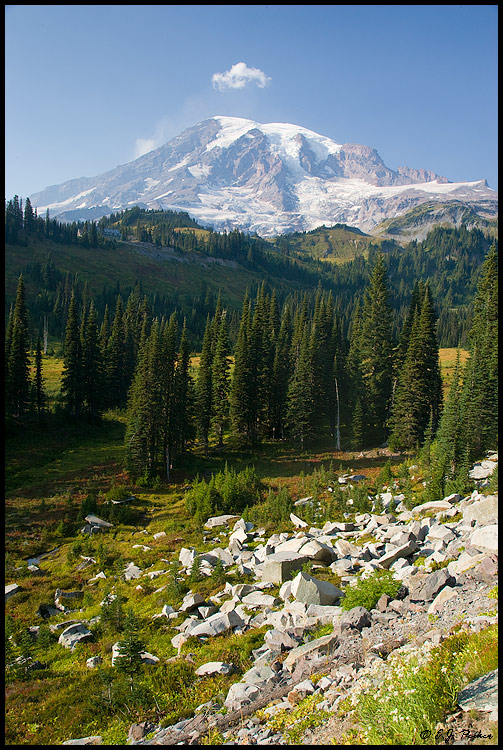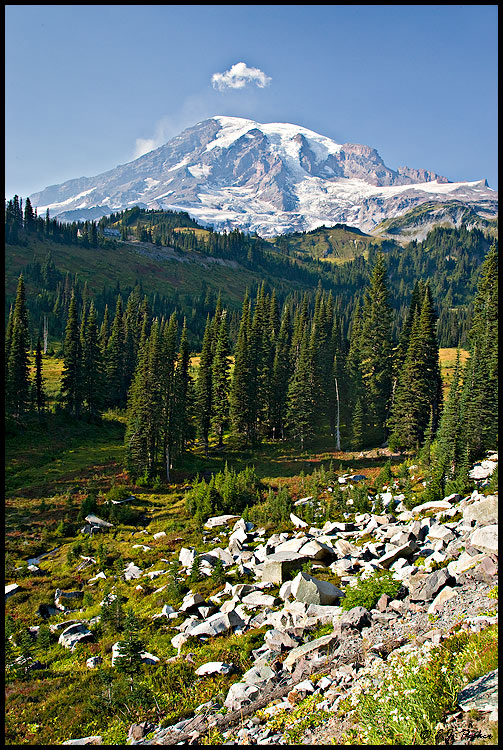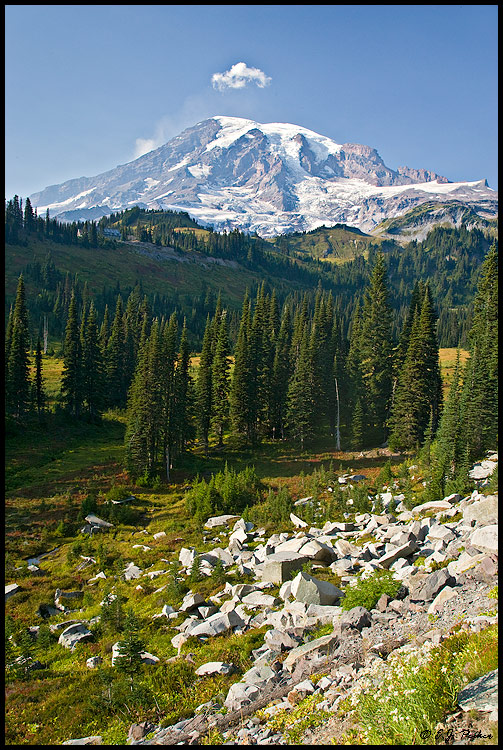
Newsletter of E.J. Peiker, Nature Photographer and www.EJPhoto.com
All contents ©2007 E.J. Peiker
Winter 2007-2008
(Vol 6, Issue 1)
Welcome to the quarterly newsletter from E.J. Peiker Nature Photography
and www.EJPhoto.com. In this quarterly email publication, I will keep
subscribers posted on upcoming workshops including the DuckShop Series
as well as sharing some photos and experiences with you. I will also
give you brief impressions on any new equipment that I get the
opportunity to use and any other general information in the world of
digital nature photography. Please feel free to forward this along to
other photographers and interested parties but please do so only by
forwarding this newsletter in its entirety. Please note that all content
is copyrighted by E.J. Peiker. If you would like to be added or deleted
to the mailing list or if you would like copies of past issues, just
send me an email message at ejpeiker@cox.net. Back issues (sans
photographs) are available online at
http://www.ejphoto.com/newsletter.htm.
My Winter Project
This winter I have decided to become at proficient at printing as I am at photography. EJPhoto.com has acquired a new Epson 3800 Professional photo printer to replace the aging but still prolific Epson 2200. The 3800 can make prints up to 16x24 on 17x25 paper compared to 12x18 on 13x19 paper from the 2200. I am reading and studying everything I can get my hands on and learning to produce prints as good as the very best I have seen. While over the years I have become fairly proficient at printing, I do not consider myself a master or expert yet. I have gone through the entire Luminous Landscape “From Print to Camera” series twice (see Product Reviews Below) and am now reading and practicing. Printing sections that I have glossed over in the past are getting intently studied. I am already seeing significant improvements in the prints I am making.
The 3800 is a significantly more complex printer than the 2200 and it uses the new K3 UltraChrome pigments which have a longevity that outlasts a chemical photo process print while at the same time offering a huge color gamut. Unlike the past where you had to choose between print vibrancy or longevity, you can now have both. The gamut of the 3800 is actually larger than the popular Adobe RGB 1998 color space that most digital dark rooms use. For this reason, I have recently changed my workflow from RAW conversion through print to the ProPhotoRGB color space which encompasses all colors that any digital darkroom or camera can currently render.
For anyone else making the step up to the 3800,
I highly recommend Eric Chan’s Epson 3800 pages. Just about anything you
ever wanted to know can be found there: http://people.csail.mit.edu/ericchan/dp/Epson3800/index.html.
Pre-reading this material while waiting for delivery made the set-up a
non-event and my very first print was exhibition quality with no redo.
Product Reviews for a Cold and Wet Winter Day
Long time subscribers to Quack know that I often field test equipment and try to give you the straight scoop on stuff that works for the type of work we Nature Photographers do. I will be taking a bit of a departure from the usual field tests and concentrate on things we can occupy our time with on those nasty winter days when we would rather just not go outside with our cameras. While even those days can yield fantastic photos, sometimes getting cold and wet just doesn’t seem like fun. What’s an avid photographer to do? Well I like to sharpen my digital darkroom skills. This quarter I am recommending three products that will do just that – two books and one video course.
Photoshop CS3 for Nature Photographers by Ellen Anon and Tim Grey – Ellen and Tim have thoroughly updated their original version for CS2 with lots of new and very useful information unique to CS3. Of course all of the great information from the original book that has not changed in CS3 is still there. This is one book that I feel every digital nature photographer should have on their shelf. Every time I pick it up, I learn something new. If you have been wondering what all the hype about adjustment layers is all about or wondering how you can use the new Smart Filters in CS3, this is your book. Photoshop For Nature Photographers takes a workflow approach starting with a great discussion of Bridge and Adobe Camera RAW and then builds through the Photoshop specific workflow all the way through generating output to screen, web and printer. All of this is done with a specific focus on how to best use Photoshop in Nature Photography. Unlike most Photoshop books which focus largely on advertising production techniques, this book focuses only on those tools ant techniques we Nature Photographers need.
Real World Camera Raw for Adobe Photoshop CS3: Industrial Strength Production Techniques by Bruce Frasier and Jeff Schewe – This is the quintessential text on Adobe Camera Raw. Not only does it cover all of the nuances of what has quickly become the most powerful RAW converter but it takes you under the hood of raw file formats, Bayer and Foveon style sensors and covers the subject of Raw capture, processing, and ACR in greater depth than any other work I have seen. The original version of his book was written by the late digital guru, Bruce Frasier. Jeff Schewe has kept this book alive by picking up from Bruce and updating it for ACR 4.x which ships with Photoshop CS3. Until you read this book, you don’t even know what you don’t know…
From Camera to Print by Michael Reichmann and
Jeff Schewe – This is a video series available on The Luminous Landscape
web site. Michael Reichmann, who has a high end digital printing studio
in Toronto and Jeff Schewe (Canon Explorer of Light, Epson Master
Printer) have released a 24 part video for download with over 6 hours of
content in approximately 15 minute chunks. The series covers everything
from how to capture images in camera for the best prints, through
matting and framing and everything in between with an emphasis on image
preparation for printing. Methods specific to Lightroom an ACR are
covered and differences between the Mac and Windows platform are also
covered. I thought I was a decent printer until I went through this
series. I learned an incredible amount including many tips that just
make the complex world of digital printing a little bit easier. You can
find this video course here: http://www.luminous-landscape.com/zencart/index.php?main_page=product_info&cPath=2&products_id=164
Photoshop Tip – Contrast enhancement through Large Radius Sharpening
This quarter’s tip is one that can bring out the detail in photos taken on days with a bit of haze or when shooting across large distances. One wouldn’t normally think to use a sharpening tool for contrast enhancement but this trick really works. Take a photo that is low in contrast due to these atmospheric effects and apply the following Unsharp mask settings as follows – Amount: 20, Radius: 50, Threshold: 0. You can of course adjust these settings to taste but the idea is to keep a relatively large radius and then adjust the amount. As always, I recommend first making a duplicate layer and then applying these settings on that layer. This gives you the option of then painting out the effect in closer high contrast portions of the photo via an adjustment mask. Give it a try! Note that in ACR 4.2 or later you can also accomplish this change globally by using the Clarity control. I find that a setting of 20 is great for most photos and again this can be adjusted. By doing this in the RAW converter, you cannot eliminate the effects from portions of the photograph so I like to do just a moderate amount in ACR and then adjust it further in Photoshop where I can select where in the photo I want the adjustment to appear.
Here is an example: The first photo of Mount Rainier in Washington is a straight RAW conversion with only white balance adjustment. While it is a nice photo as is, the mountain lacks punch and contrast due to the moisture in the air. This was taken on a very humid day.

The second photo has a global Unsharp Mask with settings as follows – Amount: 40, Radius: 50, Threshold 0. Note that the mountain is rendered much better but the foreground has become overly contrasty:

Since I applied the filter on a copied layer. I can simply click on the Add Layer Mask button (the circle inside a rectangle at the bottom of the Layers palette) and then remove the adjustment from the foreground with a black paint brush. The final result can be seen below. The entire process takes no more than two minutes, much less once you become proficient.

Announcements
I recently did an interview for Bill Lockhart’s Blog. You can read it
here: http://www.bill.lockharts.com/blog/category/interview-ej-peiker/
Another successful Outdoor Flash Class was held at the Boyce Thompson Arboretum State Park in Superior, Arizona on December 8th. It was again sold out and we held a great class. http://cals.arizona.edu/bta/
After filling all slots for the 2008 DuckShops, I have had two cancellations. I now have two openings for the Phoenix workshop to be held on Jan 26 and 27th. Cost is $300 for a 24 hour immersion into Duck photography. For more info click here: http://www.ejphoto.com/Duckshops_AZ.htm
A camera calibration profile for the EOS 40D is now available. This will calibrate Adobe Camera Raw for the color characteristics of this camera so that it’s output matches the known Gretag Macbeth color values. Profiles are especially handy if you have more than one type of camera body as their color outputs will now match when shooting in RAW. Click http://www.ejphoto.com/acr_order_page.htm for more information.
A limited amount of DuckShop hats are left in
stock. These hats feature a Wood Duck head from one of my photos
embroidered on the front. They are $20 including shipping. Click here
for more info: http://www.ejphoto.com/hat_page.htm
Legal Notice: Written and Photographic content © 2007 - E.J. Peiker, Nature Photographer. The text and photographs contained herein may not be copied or reproduced without written consent. This newsletter may be forwarded without restriction unaltered and in its entirety only.